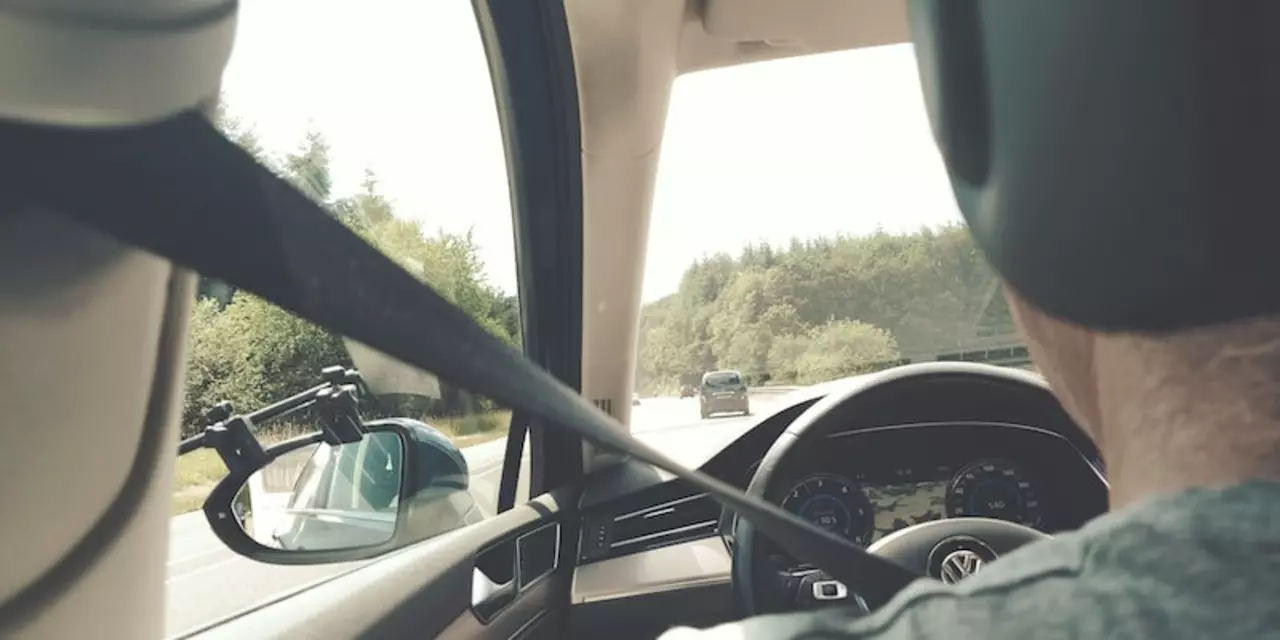Racing Protection: What Every Driver Needs to Stay Safe
If you love the roar of engines and the rush of corners, you also need to think about staying safe. Racing protection isn’t a luxury – it’s the base layer that lets you push the limits without risking life‑changing injuries. Below we break down the gear you can’t skip and some simple habits that boost safety on any track.
Core Gear: Helmets, HANS, and Fire Suits
First up, the helmet. A good racing helmet does more than look cool; it absorbs impact, protects the skull, and shields your eyes from debris. Look for a helmet certified by Snell or FIA, with a snug fit and a comfortable interior liner. Replace it after any major hit or every five years, even if it looks fine.
The HANS (Head and Neck Support) device is your next must‑have. It keeps the head from whipping forward during a crash, which is the biggest cause of neck injuries. Most professional series require it, and the cost is worth the peace of mind.
Fire suits are next on the list. Made from Nomex or other flame‑resistant fabrics, a proper fire suit can buy you valuable seconds before burns become serious. Choose a suit that meets FIA standards, and always wear the gloves, shoes, and under‑wraps that match the suit’s protection level.
Vehicle and Track Safety: Beyond Personal Gear
Even the best gear won’t help if the car itself is a danger. Regularly check the roll cage, harnesses, and seat belts. A four‑point harness is a must for any open‑wheel or high‑speed car, and it should be inspected for wear before each session.
Brake fluid, tires, and suspension parts also play a role in protection. Over‑heated brakes can lock up and cause a loss of control, while worn tires can lead to a blowout. Keep a log of tire pressure, tread depth, and brake pad thickness – it’s a simple habit that catches problems early.
Track safety isn’t just the responsibility of the organizers. Know the runoff areas, flag signals, and emergency exit routes before you hit the line. If you see a hazard on the track, report it immediately; a small spill can become a big incident if ignored.
Finally, stay hydrated and keep your energy up. Dehydration makes you slower to react and can cause heat‑related issues that compromise your focus. Pack water, electrolytes, and a light snack for longer sessions.
Racing protection is a blend of gear, vehicle upkeep, and smart habits. By checking your helmet, using a HANS device, wearing a certified fire suit, maintaining your car, and staying aware of track rules, you create a strong safety net that lets you enjoy the speed without fear. Keep these basics in mind, and you’ll be ready for any lap that comes your way.
Why does a racing car use a seat belt other than a regular car?
0 Comments
A racing car uses a seat belt for safety reasons that are different from those of a regular car. Racing cars have to endure high speeds, accelerations, and decelerations, which can be dangerous for the driver if not properly secured. Racing seat belts are designed with these conditions in mind, providing extra support, greater adjustment capabilities, and better placement of the shoulder straps. As a result, racing seat belts are able to provide a higher level of protection for the driver than a regular car would.
Read More